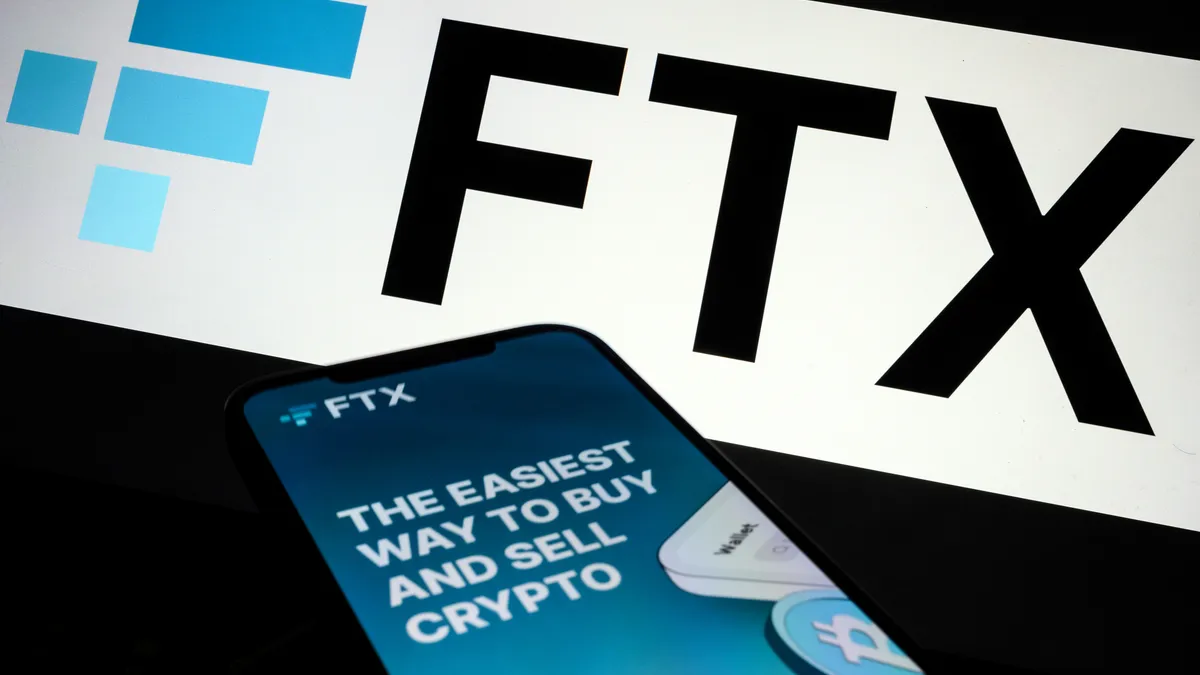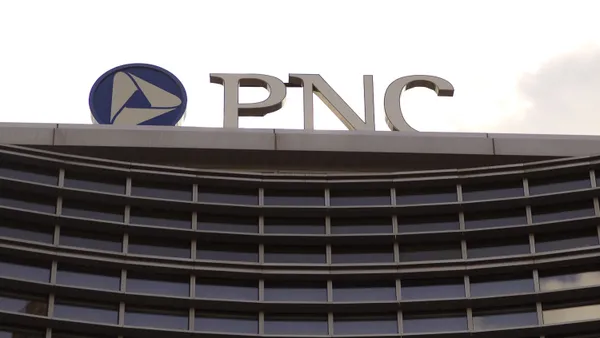Nearly two years after FTX’s spectacular collapse, its creditors are set to get their money back.
U.S. Bankruptcy Judge John Dorsey in Delaware approved the crypto firm’s bankruptcy plan Monday, putting an end to a saga that tied up billions of dollars in customer and investor funds and landed multiple former executives in prison for spans between two years – for sister-company CEO Caroline Ellison – and 25 – for founder Sam Bankman-Fried.
Two others, former technology chief Gary Wang and head of engineering Nishad Singh, await sentencing Oct. 30.
The bankruptcy plan allows former customers to recover roughly 119% of what had been in their accounts when FTX filed for Chapter 11 bankruptcy in November 2022. The oversize sum – between $14.7 billion and $16.5 billion altogether – is because crypto values prices have risen significantly since FTX’s bankruptcy. Bitcoin, the most prominent cryptocurrency, has more than tripled in value.
Creditors will receive their funds 60 days after the plan is declared effective. That date has yet to be set.
“Today's achievement is only possible because of the experience and tireless work of the team of professionals supporting this case, who have recovered billions of dollars by rebuilding FTX's books from the ground up and from there marshaling assets from around the globe,” FTX CEO and restructuring chief John J. Ray said in a prepared statement. “It also reflects the strong collaboration we have had with governments and agencies from around the world that share our goal of mitigating the wrongdoings of the FTX insiders.”
Ray, who also had a hand in the Enron bankruptcy case, called the FTX bankruptcy estate asset distribution “the largest and most complex” in history.
“The estate is working to finalize arrangements to make distributions to creditors across more than 200 jurisdictions around the world,” he said. “In preparation for this process, we are finalizing agreements to retain specialized agents to assist us in getting recoveries to customers around the world as safely and expeditiously as possible.”
FTX had an $8 billion hole in its balance sheet when it filed for bankruptcy, and Ray, early on, described what he found in FTX post-bankruptcy as “a complete failure of corporate controls.”
“It’s an extensive list, it really crosses the entire spectrum of the company,” Ray said in his December 2022 testimony to Congress. “From lack of lists of bank accounts, hundreds of bank accounts dispersed all over the world; lack of a complete list of employees and their functions by a group or name. Extensive use of independent contractors as opposed to employees. Lack of insurance that you normally would see in certain businesses, either inadequate insurance or complete gaps in insurance. For instance, the Alameda silo had no insurance whatsoever. The list goes on and on.”
FTX’s crimes, he said, weren’t sophisticated. They were “just plain old embezzlement.”
The approved bankruptcy plan allows FTX to repay customers ahead of the government. However, creditor attorney David Adler told Reuters that not all creditors are satisfied with the plan. The sharp increase in the value of cryptocurrencies like Bitcoin makes it hard for creditors to believe they’re getting all of their money back, he said.















